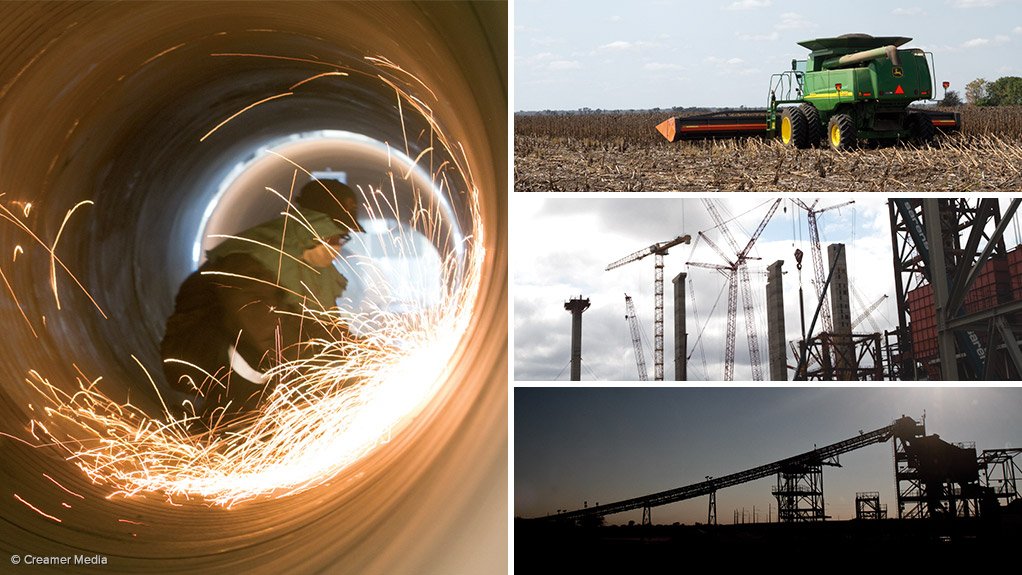An acceleration of developed-market gross domestic product (GDP) growth, as was discussed at the World Economic Forum’s yearly meeting this year, in Davos, Switzerland, from January 22 to 25, could have a positive impact on South Africa, Ashburton Investments chief investment officer for South Africa Paolo Senatore said on Monday.
He stated that an accelerating global growth outlook could be mildly supportive of commodity prices, which would increase revenues from the South African mining sector and help reduce the current-account deficit.
Acceleration in the developed world GDP, especially in the UK and Europe, would also benefit South African exports through the demand for manufactured products, especially in the vehicle manufacturing sector.
Further, sub-Saharan African economies had, in general, achieved GDP growth rates of around 6%, and it was forecast that these growth rates could be maintained for the foreseeable future.
“Over time, this growth will largely be driven by increasing infrastructure and consumption expenditure. South African construction companies would be especially well-placed to benefit from this trend as it unfolds. In addition, our food and clothing companies are slowly but surely expanding into Africa,” Senatore said.
However, one of the concerning topics, discussed at the Davos deliberations, from a South African perspective was the session titled 'Brazil, Russia, India, China and South Africa (Brics) in Midlife Crisis, he said.
This discussion illustrated that South Africa faced certain economic challenges.
Factors hindering the potential growth of the South African GDP included commodity prices, labour policies, electricity, rail infrastructure and the lack of a technologically advanced manufacturing sector.
The Ashburton Investment forecast for global GDP growth was for acceleration from 2.9% in 2013 to 3.5% in 2014.
“[However], despite the forecast increase in global GDP, it is our view that for commodity demand to accelerate meaningfully, global GDP growth rates of between 4.5% and 6% are required.” Thus, Senatore said, questions were being raised about whether the Brics economies were a preferred investment destination if there was no bull market in commodity prices.
Added to South Africa’s challenges was the inadequate generation of electricity to sustain a growing economy.
However, the Medupi coal-fired power station, in Limpopo, was scheduled to come into partial production towards year-end, which would alleviate the current supply shortage.
The lack of a rapid and efficient rail network was also a barrier to potential growth, with coal and iron-ore exports, currently, constrained by insufficient rail capacity, despite the availability of port capacity.
“The lack of a hi-tech manufacturing sector in South Africa primed to take advantage of the global demand for television sets, tablets, computers and smart phones is also a deterrent to potential growth,” Senatore added.
Further, labour polices in South Africa were, in a developed market context, restrictive and many companies were reluctant to hire staff, placing a brake on potential growth.
Senatore did, however, point out that government had produced the National Development Plan (NDP) as an economic blueprint for the country.
“To achieve success, the plan requires buy-in and implementation by all stakeholders, which includes government and the private and public sectors. Should this buy-in be realised, the country may achieve higher levels of growth and join its sub-Saharan neighbours,” he concluded.
EMAIL THIS ARTICLE SAVE THIS ARTICLE
To subscribe email subscriptions@creamermedia.co.za or click here
To advertise email advertising@creamermedia.co.za or click here











